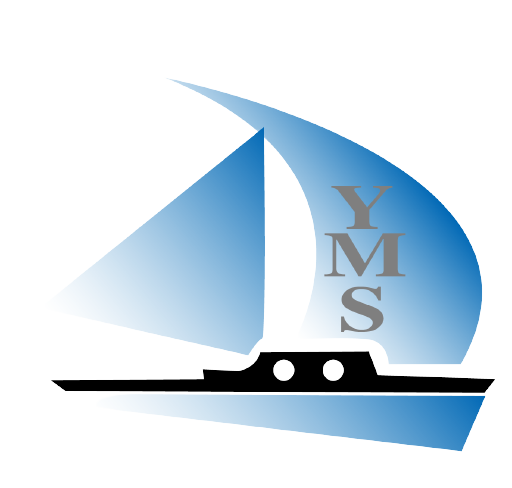First Aid Responder
Objectives of the course:
This course is meant for people designated as first aider responders to apply medical first aid in the event of an accident or illness on site. The course focuses on basic knowledge and skills
to act responsibly in the first hours after such an event. First Aid training is often delivered by third parties. To assure that the DFA possesses the necessary competencies below, verify that the First Aid course chosen contains the necessary theory sessions, practical sessions, and suitable exit assessment.
Contents:
- Principles of First Aid
- Basic Life Support (BLS)
the causes and effects of cardiac arrest.
BLS to an unconscious patient including cardiopulmonary resuscitation.
The cardiopulmonary resuscitation – either as a single rescuer, or two-rescuer.
- Defibrillation
The conditions where defibrillation is indicated, (or otherwise), via an assessment of an unconscious patient.
Automated external defibrillator, in order to safely defibrillate an unconscious patient during a real emergency.
The environmental conditions where defibrillation poses a safety risk to the patient, the DFA, and bystanders.
- Vital Signs
Measure and monitor the vital signs of a conscious and unconscious patient (including blood pressure, pulse, respiration, and temperature).
Communicate vital signs to health professionals (either verbally or in writing).
- Management of Specific Emergencies
First aid for specific injuries, including bleeding, chest injuries,
A musculoskeletal injury, head injuries, spinal injuries, eye injuries, burns, near drowning, electrical injury and chemical exposure.
The signs of shock and provide immediate aid.
First aid for wounds, and control the bleeding of major wounds.
First aid for internal bleeding.
First aid for respiratory emergencies (including acute asthma), and cardiac emergencies (including angina and heart attack).
The principles of venomous bites and stings, and apply pressure-immobilisation.
- Dressings, Bandages and Slings
The rules of applying dressings, bandages, and slings.
Common dressings, bandages, and slings.
- Patient Transfer
Understand the considerations of moving a casualty.
common one- and two-first-aider techniques for patient transfer
Safely transfer using common stretcher types.
- Workplace First Aid
The role and responsibilities of a Designated First Aider (DFA)
The design and contents of a workplace First Aid Kit A
The patient’s condition effectively with other medical professionals.
The Material Safety Data Sheet (MSDS) to facilitate first aid.
The principles around managing multiple casualties include the importance of triage.
the principles around medical evacuations
The legal aspects of First Aid, include duty of care, negligence, consent, recording, and confidentiality.

